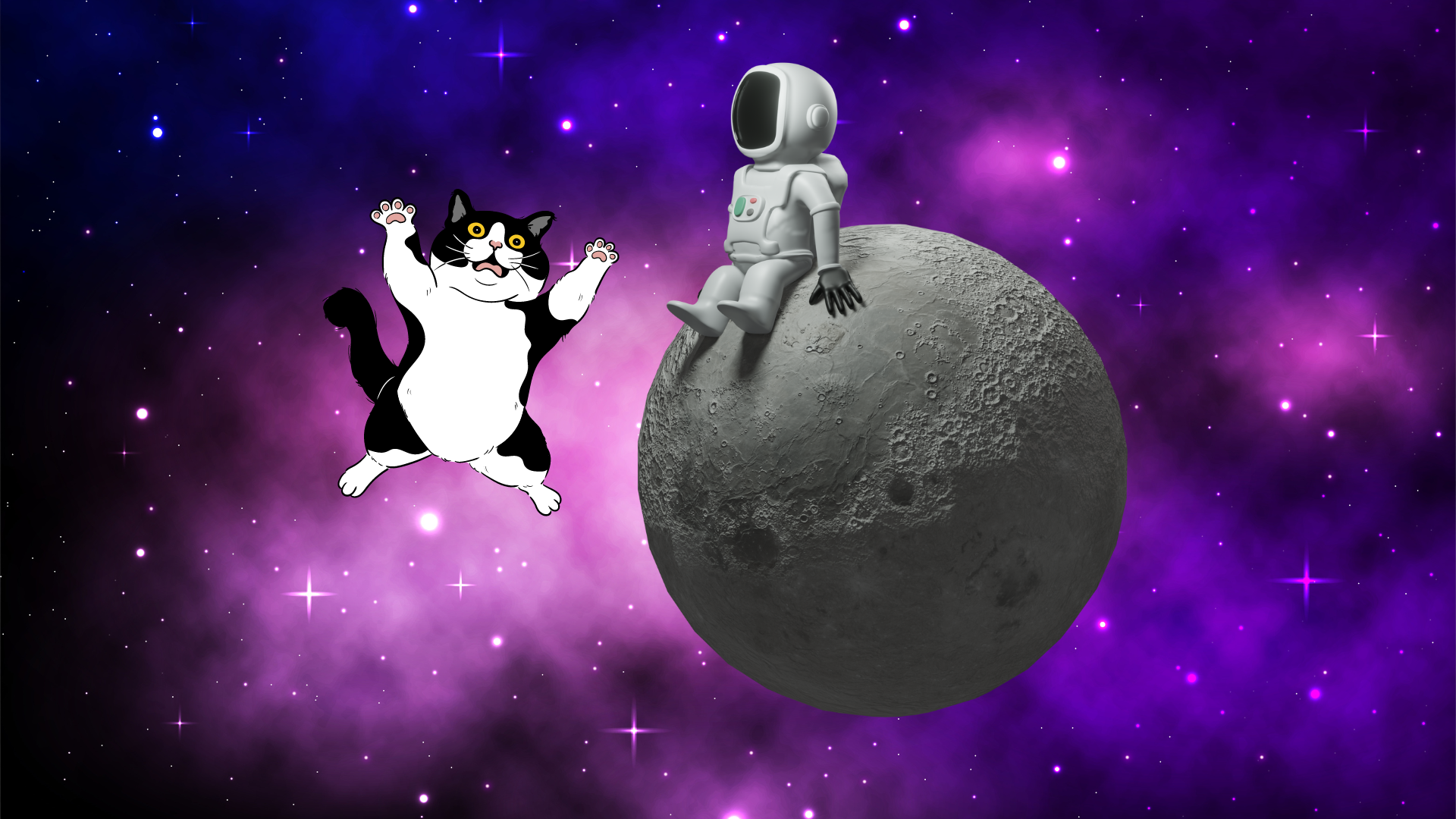In the realm of feline athleticism, we’ve all heard the age-old question: Can cats jump over the moon? While that may remain a whimsical thought, the blending of emerging technologies and business has indeed created pathways to the moon, opening up new possibilities for lunar exploration. In this article, we will explore how the convergence of cutting-edge technologies and strategic business practices is building a sustainable platform for space exploration, with a focus on the moon as our celestial target
- Technological Advances Paving the Way to the Moon:
The advent of emerging technologies has revolutionized the field of space exploration, propelling us closer to the moon than ever before. From state-of-the-art propulsion systems to advanced robotics and lunar rovers, these innovations are playing a pivotal role in shaping the future of lunar exploration. For instance, the development of reusable rockets, like SpaceX’s Falcon Heavy, has dramatically reduced the cost of space missions, making lunar endeavors more feasible and economically sustainable (Smith, 2019). - Business Strategies: The Launchpad for Sustainable Lunar Exploration:
While technology forms the foundation, it is the strategic integration of business practices that ensures sustainable progress in lunar exploration. Business models built around public-private partnerships have become instrumental in driving collaboration, sharing resources, and leveraging expertise from both the public and private sectors. By combining governmental funding with commercial initiatives, organizations such as NASA have paved the way for a sustainable lunar platform (Baker, 2020). - Leveraging Robotics and Automation:
One of the key technologies driving lunar exploration is robotics and automation. These advancements enable precise and efficient operations, reducing human risk and extending our reach in space. From autonomous lunar landers to robotic arms and rovers, these technological marvels are poised to play a vital role in building infrastructure, conducting experiments, and gathering crucial data on the moon’s surface (Kamal et al., 2021). - Mining the Moon’s Resources:
As we set our sights on the moon, the concept of lunar resource utilization has gained significant traction. Utilizing the moon’s resources, such as water ice and minerals, presents an exciting opportunity for sustained space exploration. These resources can be used for life support systems, fuel production, and even as building materials for future habitats (Crawford et al., 2020). The strategic extraction and utilization of lunar resources hold the key to establishing a self-sustaining lunar economy.
Conclusion:
While cats may not literally jump over the moon, the convergence of emerging technologies and strategic business practices is propelling us towards lunar exploration at an unprecedented pace. By leveraging cutting-edge technologies, embracing sustainable business models, and harnessing the vast resources available on the moon, we are creating pathways to a future where the moon is not just a distant dream, but a platform for scientific discovery, commercial ventures, and potentially even human colonization. So, let’s continue to push the boundaries of technology and business to reach for the moon and beyond!
References:
- Baker, M. (2020). Public-Private Partnerships for Lunar Surface Activities. NASA Technical Report, NASA-2020-05-06.
- Crawford, I. A., et al. (2020). Lunar Resources: A Review. Progress in Physical Geography, 44(6), 743-772.
- Kamal, A. M., et al. (2021). The Role of Robotics in Lunar Exploration. IEEE Robotics and Automation Magazine, 28(1), 61-73.
- Smith, S. A. (2019). Space 2.0: Innovation, Entrepreneurship, and the New Space Economy. Technology and Innovation, 21(3-4), 215-228.




